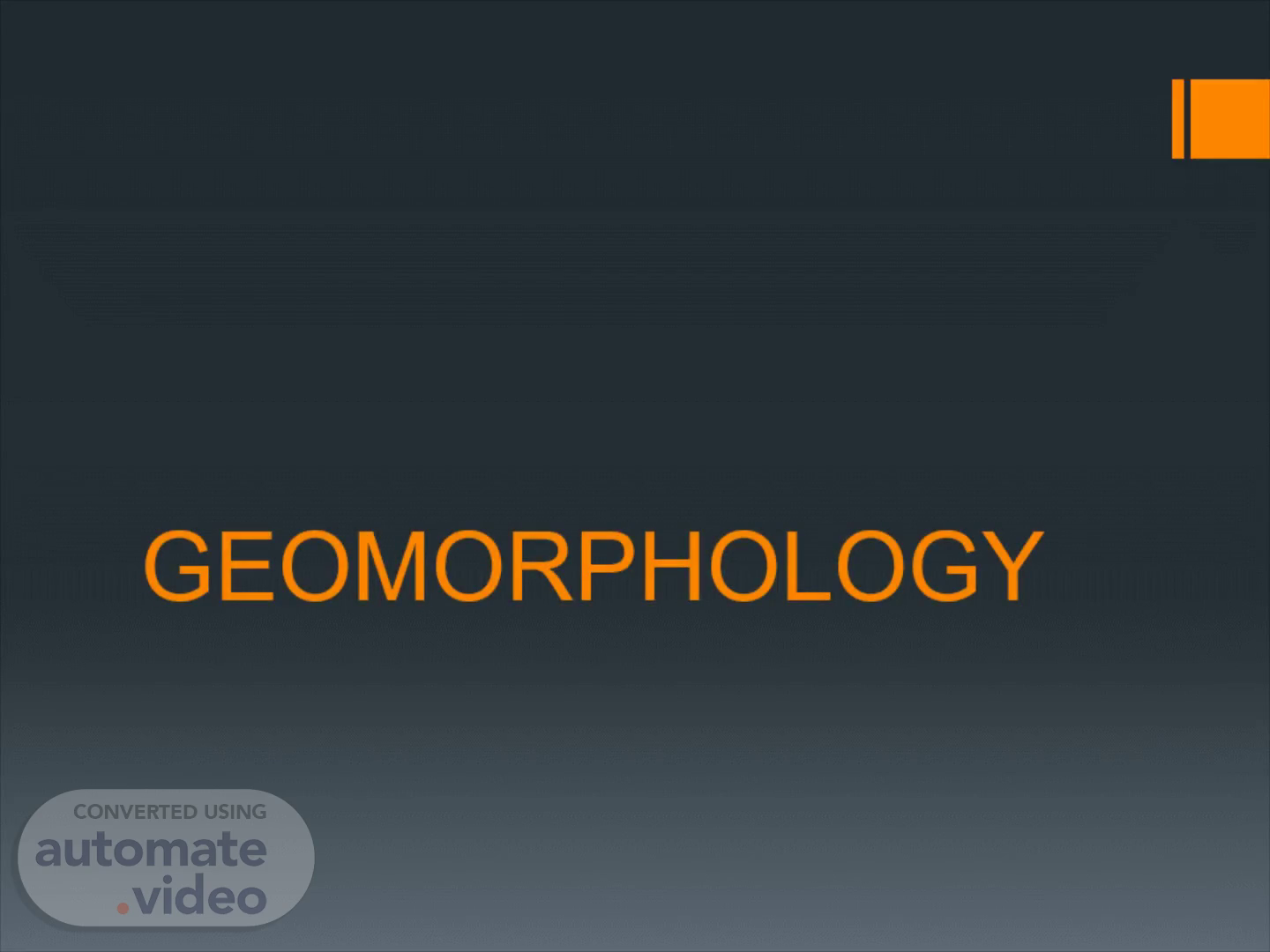Scene 1 (0s)
GEOMORPHOLOGY. MTHUNZI M 33753032.
Scene 2 (9s)
LESSON THEME: INTERNAL STRUCTURE OF THE EARTH. Lesson objectives:.
Scene 3 (19s)
WHAT IS GEOMORPHOLOGY?. Geomorphology is the study of the physical features of the surface of the Earth and their relation to geological features. Geomorphology is also known as the fluvial processes and landforms Moreover, it is the study of characteristics, origin, development and distribution of Earth’s landforms..
Scene 4 (1m 59s)
THE INTERNAL STRUCTURE OF THE EARTH.. The structure of the earth is divided into four major components: the crust, the mantle, the outer core, and the inner core. Each layer has a unique chemical composition, physical state, and can impact life on Earth's surface. - The outermost layer of the Earth is the crust. - Made up of loose solid rocks where continents and oceans are located. - The thickness of the ocean and c ontinent varies..
Scene 5 (5m 1s)
How are the layers of the Earth similar to a hard-boiled egg?.
Scene 6 (6m 53s)
CRUST. The outermost layer of the Earth. 70 km thick Two types of crusts Continental Crust (50 km and 2,7 g/cm3) Predominantly granitic rock. Oceanic Crust (7km and 3,0 g/cm3) Basalt, Diabase and Gabbro.
Scene 7 (11m 49s)
MANTLE. The intermediate layer of the Earth. 2900 km thick, 83% of the Earth’s Volume Made up of semi-molten rock known as magma. Solid/plastic, 46% silicon oxide, 38% magnesium oxide and 8% iron. TWO TYPES: Upper Mantle extends from the Moho to a depth of about 660 km, 3 types: lithospheric mantle, asthenosphere, transition zone depths Lower Mantle lies between the transition zone (660 km) and the liquid core (2900 km).
Scene 8 (16m 49s)
MOHO. The boundary between the crust and mantle. Is 5 to 10 kilometres (3-6 mi) below the ocean floor, and 20 to 90 kilometres with an average of 35 kilometres beneath typical continents..
Scene 9 (18m 37s)
OUTER CORE. Is the innermost layer of the Earth 2300 km thick with the density of 5,6 – 9,9 g/cm3 It is in a liquid state of matter Composed of iron and nickel mostly The core accounts for 1/6 Earth’s volume and 1/3 mass. The outer core surrounds the inner core It is hotter to such an extent that the metals inside are all liquid..
Scene 10 (20m 52s)
INNER CORE. It is the centre and hottest layer of the Earth. It is in a solid form Made up of nickel and iron with the temperature of up to 5500 degrees C elsius.
Scene 11 (24m 15s)
THANK YOU.
